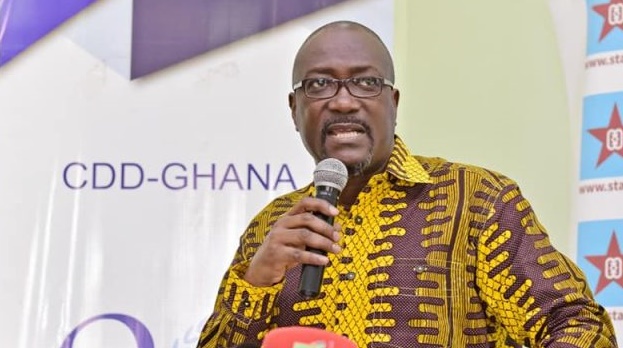The Executive Director of the Ghana Center for Democratic Development (CDD-Ghana), Professor H. Kwasi Prempeh, has raised serious concerns about the constitutional framework governing the removal of superior court justices, following the recent suspension of Chief Justice Gertrude Araba Esaaba Sackey Torkornoo.
In a pointed critique, Prof. Prempeh took issue with Article 146 of the 1992 Constitution, which sets out the procedure for the removal of justices, including the Chief Justice.
According to him, the current process lacks transparency and compromises the integrity of judicial independence.
“I have at least two problems with Article 146 in its present form,” Prof. Prempeh stated. First, he criticized the secrecy surrounding removal petitions. While he acknowledged that proceedings may need to be held in camera, he insisted that the findings, grounds, and supporting evidence for any removal petition — successful or not — should be made public afterward. “The public must not be kept in the dark as to why a removal petition failed or succeeded
Second, Prof. Prempeh proposed a structural change to the composition of the removal committees. He advocated that no sitting judge should be included on the five-member committee tasked with hearing a petition against a Chief Justice, to avoid potential conflicts of interest.
Instead, he suggested using retired jurists or career public servants, appointed independently of presidential influence, preferably by a special committee of the Council of State.
He further recommended that the three non-lawyer members of the committee should be selected through a more politically inclusive or neutral process rather than being appointed by the President, even in consultation with the Council of State.
“Better to keep a President out of the removal process, except to implement, after the fact, the final outcome,” he argued.
Prof. Prempeh’s remarks add to the growing calls for judicial reform in Ghana.
Read Prof. Prempeh’s full post below:












